
|
|
Font Size:
|
||||
|
|
|
|
||||
STATISTICAL BRIEF #173:
Use of the Pap Test as a Cancer Screening Tool among Women Age 18-64, U.S. Noninstitutionalized Population, 2005
Highlights
- Almost 14 percent of women age 18-64 reported not having received a Pap smear test within the last three years.
- Asian non-Hispanic women were least likely to have received the Pap test within the last three years as compared with Hispanic, white non-Hispanic, or black non-Hispanic women.
- One-fourth of women who were uninsured failed to receive the Pap test within the last three years.
- Women who were less educated were more likely not to have received the Pap test within the last three years.
- Single (never married) women were nearly twice as likely not to have received the Pap test within the last three years as compared with those who were married.
Introduction
The main purpose of the Pap test (also called the Pap smear test) is to detect cancer or abnormal cells that may lead to cancer. It can also find non-cancerous conditions, such as infection and inflammation. Cervical cancer can usually be prevented if women are screened regularly with a Pap test. The U.S. Preventive Services Task Force (USPSTF) found evidence that cervical cytology (Pap smear) screening reduces the incidence of and mortality from cervical cancer. The USPSTF suggests Pap smear screening at least every three years for women age 18-64.
This Statistical Brief provides estimates of the extent to which women age 18-64 did not receive Pap smear screening for cervical cancer detection in 2005. The estimates presented are derived from data collected in the MEPS Household Component questionnaire. All differences discussed in the text are statistically significant at 0.05 or better.
Findings
Evidence has been found that screening with cervical cytology (Pap smear) reduces the incidence of and mortality from cervical cancer. The Pap test every three years has been recommended for all women age 18-64. In 2005, approximately 13 million women age 18-64 reported not having received the Pap test within the last three years.
Age
Women age 30-39 were the least likely not to have received a Pap test in the last three years as compared with women age 40-49 or 50-64 (9.3 percent versus 12.1 percent and 17.2 percent, respectively) (figure 1).
Race/ethnicity
Asian non-Hispanic women were more likely not to have received a Pap test within the last three years (21.5 percent) as compared with white non-Hispanic (13.5 percent), black non-Hispanic (9.9 percent), or Hispanic (15.6 percent) women (figure 2).
Insurance status
Women age 18-64 who were uninsured were more likely to not have received a Pap test within the last three years (25.4 percent) as compared with those who were covered by private insurance (11.4 percent) or public insurance (14.9 percent) (figure 3).
Educational level
Women age 18-64 who were less educated were more likely not to have received a Pap test within the last three years. A higher percentage of women with less than high school education reported not having received a Pap test within the last three years as compared with those who had completed high school or those who had some college education (23.1 percent versus 15.5 percent and 9.9 percent, respectively) (figure 4).
Marital status
Women age 18-64 who were single (never married) were nearly twice as likely not to have received a Pap test within the last three years as those who were married (19.0 percent versus 10.3 percent, respectively) (figure 5).
Data Source
The estimates in this Statistical Brief were derived from the MEPS 2005 full-year population characteristics data file (HC-090).
Definitions
The question related to receiving a Pap test was asked in the Preventive Care section of MEPS-HC.
Pap test
The Pap test (sometimes called a Pap smear) is a way to examine cells collected from the cervix. The main purpose of the Pap test is to detect cancer or abnormal cells that may lead to cancer. It can also find non-cancerous conditions, such as infection and inflammation.
Racial and ethnic classifications
Classification by race/ethnicity is based on information reported for each family member. Respondents were asked if each family member was Hispanic or Latino. Respondents were also asked which race or races best describes each family member. Race categories include white, black/African American, American Indian or Alaska Native, Asian, Native Hawaiian or other Pacific Islander, and other. Based on these questions, sample persons were classified into the following race/ethnicity categories: Hispanic, white non-Hispanic single race, black non-Hispanic single race, Asian non-Hispanic single race, and other (Hawaiian/pacific Islander non-Hispanic, American Indian/Alaska Native non-Hispanic, and multiple races non-Hispanic).
Marital status
The category "No Longer Married" includes the women who are widowed, divorced or separated.
Educational level
Educational level indicates a persons number of years of education at the time of the first MEPS interview:
- Less than high school = Less than 12 years of education
- High school graduate = Completed 12 years of education
- At least some college = More than 12 years of education
This refers to the three years before the MEPS interview in which this question was asked.
Health insurance status
Individuals under age 65 were classified in the following three insurance categories based on household responses to health insurance status questions:
- Any private health insurance: Individuals who, at any time during the year, had insurance that provides coverage for hospital and physician care (other than Medicare, Medicaid, or other public hospital/physician coverage) were classified as having private insurance. Coverage by TRICARE (Armed Forces-related coverage) was also included as private health insurance. Insurance that provides coverage for a single service only, such as dental or vision coverage, was not included.
- Public coverage only: Individuals were considered to have public coverage only if they met both of the following criteria: 1) they were not covered by private insurance at any time during the year, and 2) they were covered by one of the following public programs at any point during the year: Medicare, Medicaid, or other public hospital/physician coverage.
- Uninsured: The uninsured were defined as people not covered by private hospital/physician insurance, Medicare, TRICARE, Medicaid, or other public hospital/physician programs at any time during the entire year or period of eligibility for the survey.
About MEPS-HC
MEPS-HC is a nationally representative longitudinal survey that collects detailed information on health care utilization and expenditures, health insurance, and health status, as well as a wide variety of social, demographic, and economic characteristics for the civilian noninstitutionalized population. It is cosponsored by the Agency for Healthcare Research and Quality and the National Center for Health Statistics.
For more information about MEPS, call the MEPS information coordinator at AHRQ (301-427-1656) or visit the MEPS Web site at http://www.meps.ahrq.gov/.
References
For a detailed description of the MEPS survey design, sample design, and methods used to minimize sources of nonsampling error, see the following publications:
Cohen, J. Design and Methods of the Medical Expenditure Panel Survey Household Component. MEPS Methodology Report No. 1. AHCPR Pub. No. 97-0026. Rockville, Md.: Agency for Health Care Policy and Research, 1997.
Cohen, S. Sample Design of the 1996 Medical Expenditure Panel Survey Household Component. MEPS Methodology Report No. 2. AHCPR Pub. No. 97-0027. Rockville, Md.: Agency for Health Care Policy and Research, 1997.
Cohen, S. Design Strategies and Innovations in the Medical Expenditure Panel Survey. Medical Care, July 2003: 41(7) Supplement: III-5-III-12.
For information on the Pap test, see the following:
Pap test facts: http://www.4woman.gov/faq/pap.htm#pap04
Pap tests: What they are and what the results mean. http://familydoctor.org/online/famdocen/home/women/reproductive/gynecologic/138.html
Recommendations and Rationale: Screening for Cervical Cancer. U.S. Preventive Services Task Force (USPSTF). http://www.ahrq.gov/clinic/uspstf/uspscerv.htm
The Pap test: Questions and Answers. http://www.cancer.gov/cancertopics/factsheet/Detection/Pap-test
Suggested Citation
Soni, A. Use of the Pap Test as a Cancer Screening Tool among Women Age 18-64, U.S. Noninstitutionalized Population, 2005. Statistical Brief #173. June 2007. Agency for Healthcare Research and Quality, Rockville, Md. http://www.meps.ahrq.gov/mepsweb/data_files/publications/st173/stat173.shtml
AHRQ welcomes questions and comments from readers of this publication who are interested in obtaining more information about access, cost, use, financing, and quality of health care in the United States. We also invite you to tell us how you are using this Statistical Brief and other MEPS data and tools and to share suggestions on how MEPS products might be enhanced to further meet your needs. Please e-mail us at mepspd@ahrq.gov or send a letter to the address below:
Steven B. Cohen, PhD, Director
Center for Financing, Access, and Cost Trends
Agency for Healthcare Research and Quality
540 Gaither Road
Rockville, MD 20850
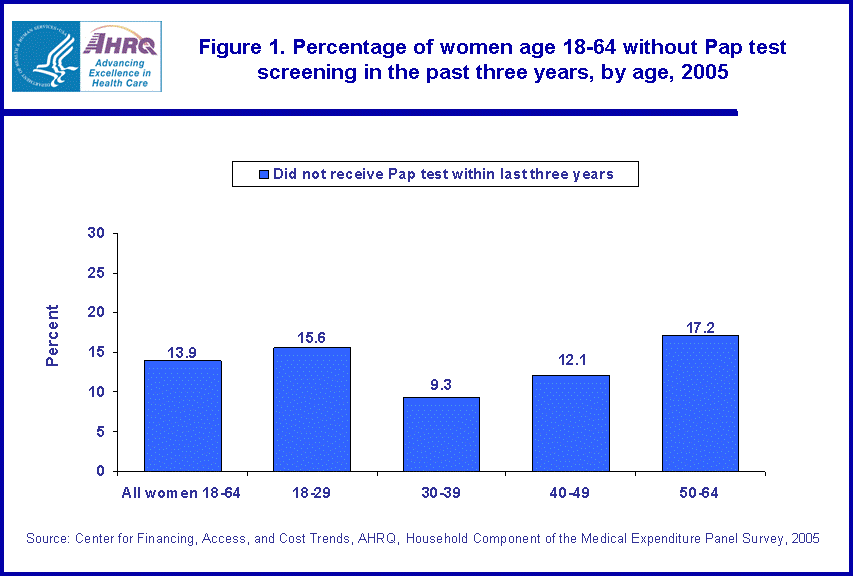 |
||||||||||||||||||||||||
|
||||||||||||||||||||||||
|
|
||||||||||||||||||||||||
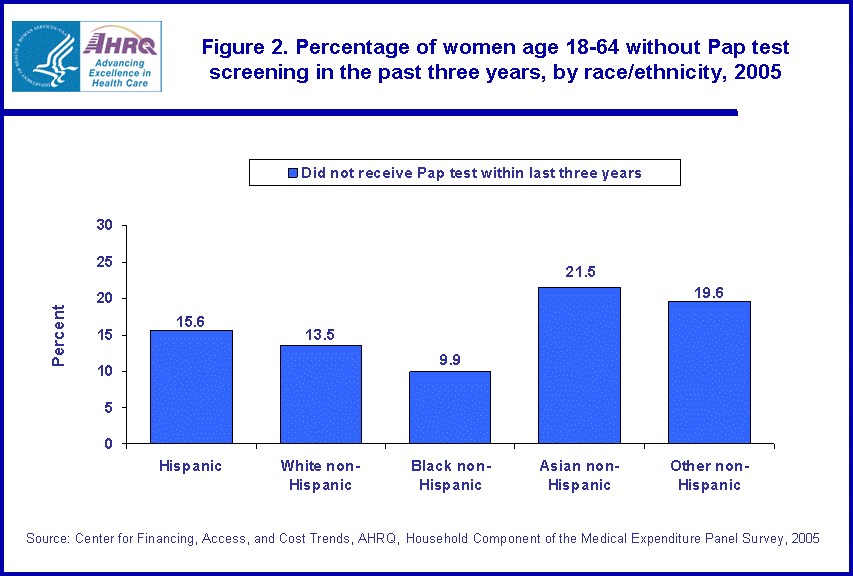 |
||||||||||||||||||||||||
|
||||||||||||||||||||||||
|
|
||||||||||||||||||||||||
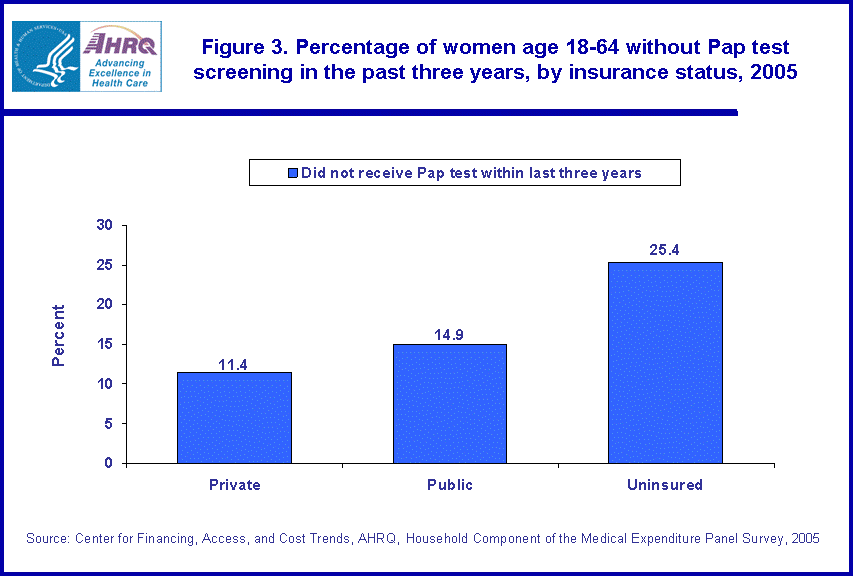 |
||||||||||||||||||||||||
|
||||||||||||||||||||||||
|
|
||||||||||||||||||||||||
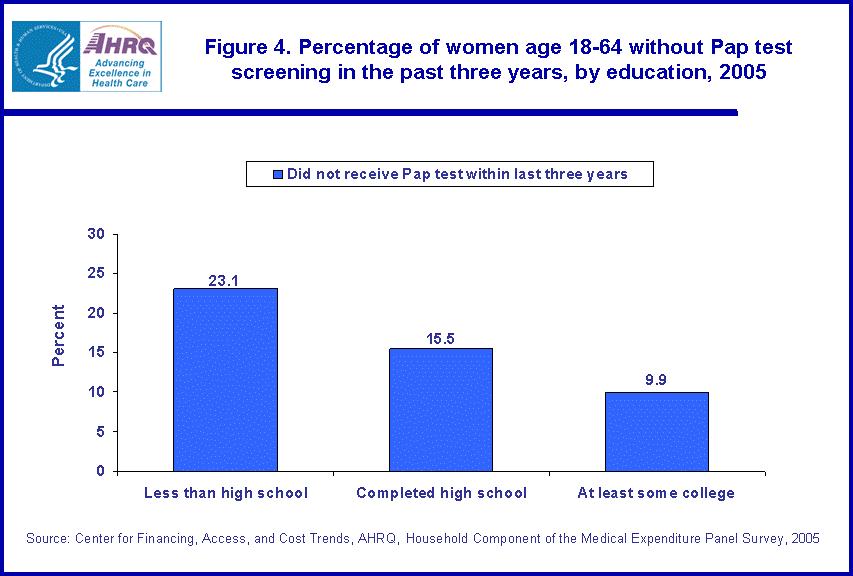 |
||||||||||||||||||||||||
|
||||||||||||||||||||||||
|
|
||||||||||||||||||||||||
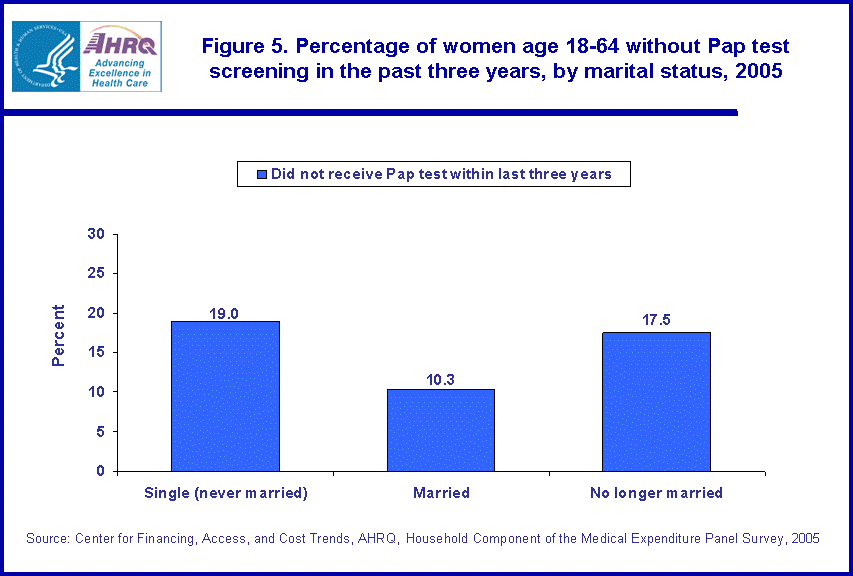 |
||||||||||||||||||||||||
|
||||||||||||||||||||||||
|
|
||||||||||||||||||||||||


